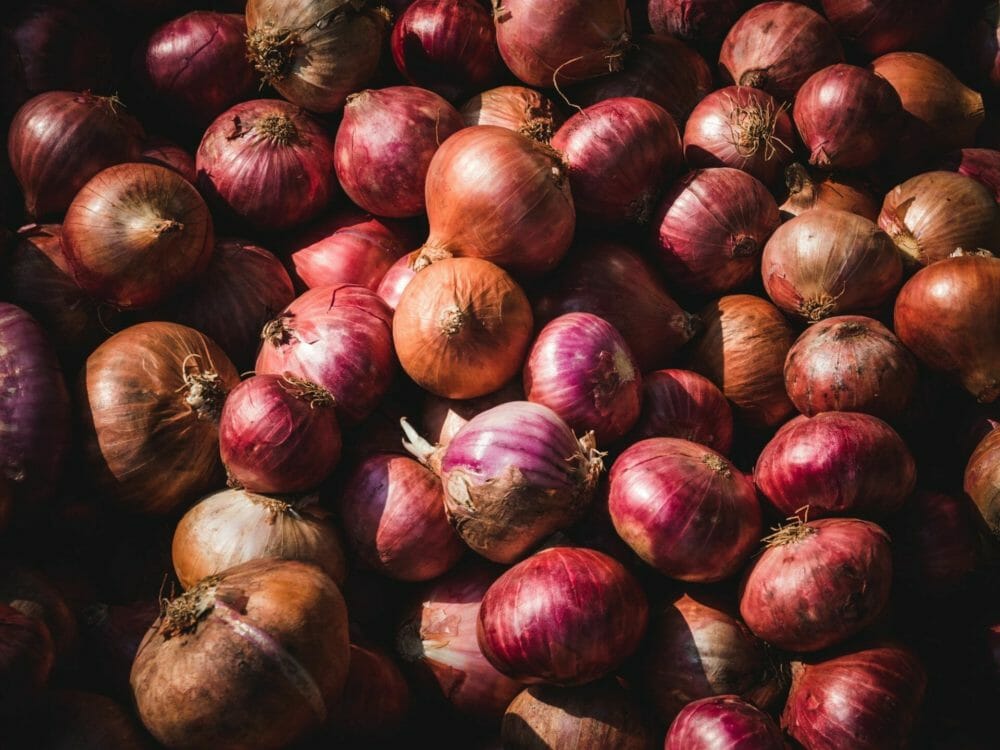Gaston Marquevich is thankful his fresh produce operation Generation Farms in Florida and Georgia has always sold into grocery stores.
While he’s faced plenty of other complications relating to the Covid-19 pandemic, finding a client in demand has not been one of them.
“Lots of growers that have focused on foodservice are having a very difficult time,” he tells AFN. Marquevich’s fully-integrated operation grows, packs and distributes organic and conventional onions, watermelons, citrus, zucchini, squash and cabbage. With the surge in grocery shopping over the last few weeks as restaurants and hospitality venues all over the world have been forced to closed down to stem the spread of the coronavirus, retail demand for Generation Farms’ products has been high enough to take the small 10% of off-take usually destined for foodservice off his hands.
He’s even experienced a peak in pricing as retailers rushed to lock down supply of freshly harvested produce while they could. It hasn’t been a smooth ascent in pricing, however; for cabbage, as an example, four weeks ago, retailers paid him $6 per box, two weeks later $11, this week $5.50, and he expects it to increase again. This reflects grocery store bulk buying in some weeks and storing during others, Marquevich explains.
But why can’t growers that typically supply foodservice pivot to supplying retailers?
“It would be almost impossible to make that shift in under a year,” says Marquevich, explaining that retailer clients have a long onboarding process for a new supplier as they cover off on issues such as food quality, traceability, compliance, and logistics. “Growers will need to have a traceability program, be able to guarantee the condition of their produce, and track any problems that might arise for a retailer to be able to take them on as a supplier,” he says.
“For a small-medium sized grower that usually works with brokers supplying multiple restaurants, and hasn’t needed that traceability program in place, this is a big process to undertake and takes time, resources and investment to make happen,” he adds.
Could that process be sped up for these unprecedented times?
“You’d have to ask the retailer but it’s a very sensitive topic; we’re talking about food and fresh produce in particular, which has many risks and therefore a need for quality compliance legally and operationally,” says Marquevich, who is CEO of Generation Farms.
It was touch and go whether Generation Farms would have produce to sell at one point after the federal government started closing its borders; the vast majority of the US produce industry hires immigrant farmworkers, largely from Mexico, to help with harvest. While workers for essential industries like agriculture were allowed to continue crossing the border, the federal government paused the processing of H2A temporary worker visas, which are used by these immigrant workers to enter the country.
“Everyone went crazy,” says Marquevich who usually has 1,200 employees at harvest time across his Florida and Georgia locations. “The crops started to be ready and we needed labor.”
Amazingly a call into the USDA requesting the and subsequent dealings with the USCIS out of California resulted in some of Marquevich’s farmworkers getting their visas approved, but fewer than usual [950 versus the usual 1,200] and only those that had already filed their applications before the border shut and had worked in the US the year before. Marquevich understands that other growers made similar requests. It’s unclear if more of these exceptions will be made in the future but overall the industry expects labor to be more limited than previous years when the produce industry was already under pressure from a shortage of workers. To help out the industry overall, Marquevich and his local peers are now making arrangements for these workers to be relocated north as different parts of the country enter harvest time.
“We are organizing between different growers to transfer labor from South to North; I’m talking to a grower in North Carolina about sending some of our workers from Georgia there next and no doubt he will then speak to growers further north,” said Marquevich.
Could robotics not help to fill the gap?
It could, but again it’s a slow process as many mechanical harvest options are still in development, says Marquevich. Mechanical harvest for onions is pretty well developed and Marquevich uses it for around 80% of his onion crop but robotics for other crops is still very much nascent, such as citrus where he is trialing drone pickers on a very small portion of his crop.
Marquevich also runs an asset management company — Optimum Agriculture — that manages agriculture assets for investors in Spain & Europe, the US, Central and South America. And while he’s bullish about the potential for farmland to be an attractive investment destination during any economic downturn — it’s a real asset and income-generating — many of the operations he manages have come into Covid-19-related challenges such as logistics and supply chain complications.
He examples a pineapple operation in Costa Rica that exports to Europe where many ports are understaffed severely restricting the movement of goods.
“It’s a very challenging situation so the best thing we can do is to be very close with our buyers over there and the staff at our operations to ensure we’re flexible and creative on a day-to-day business to find solutions. There’s not much we can plan ahead and in some cases, we’re having to overpay logistics providers to ensure food gets to the customer [before it spoils]. So while we are making more money in some cases, everything is getting more expensive for us too.”
What’s been your Covid-19 experience so far? Let us know [email protected]




